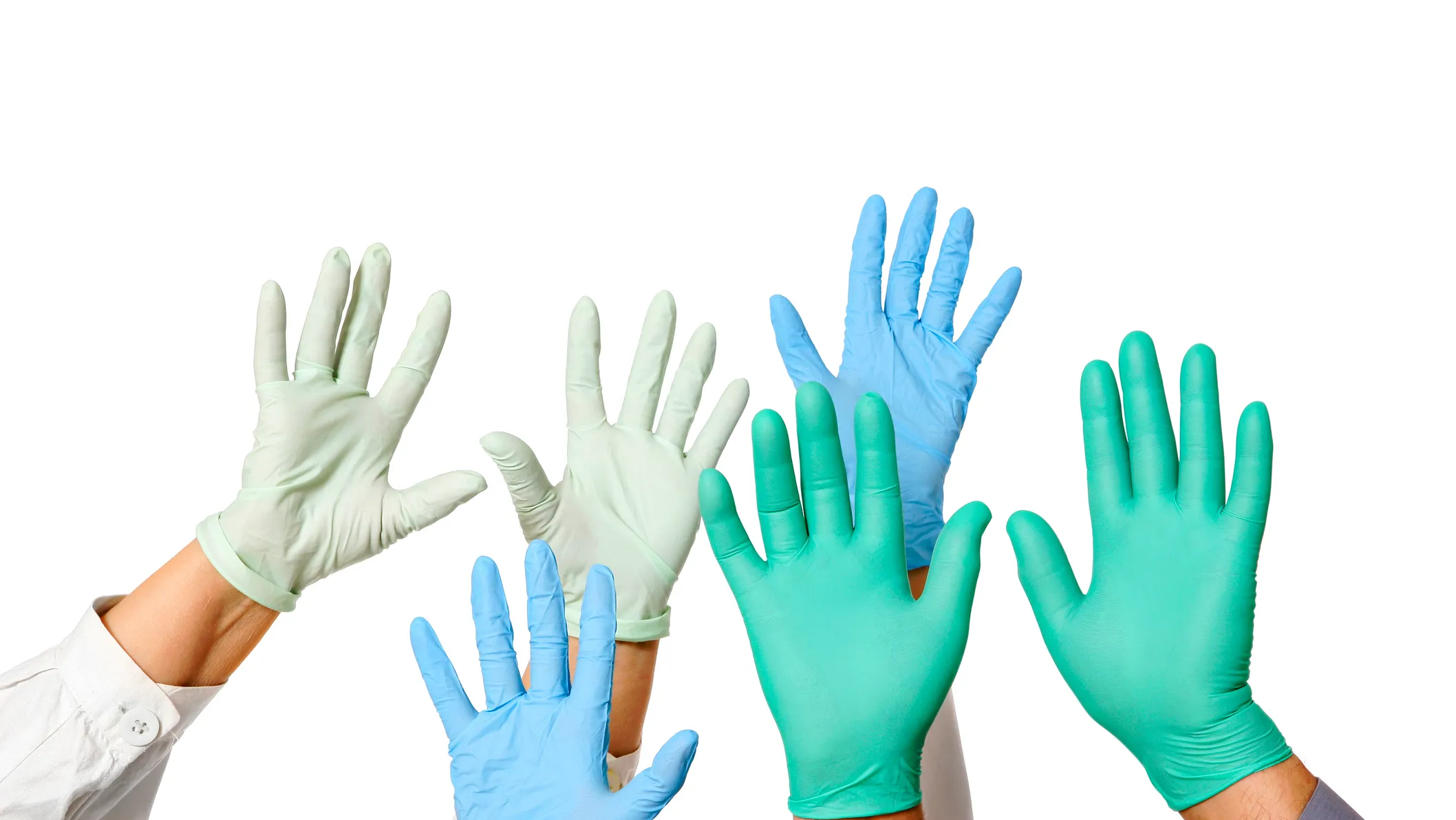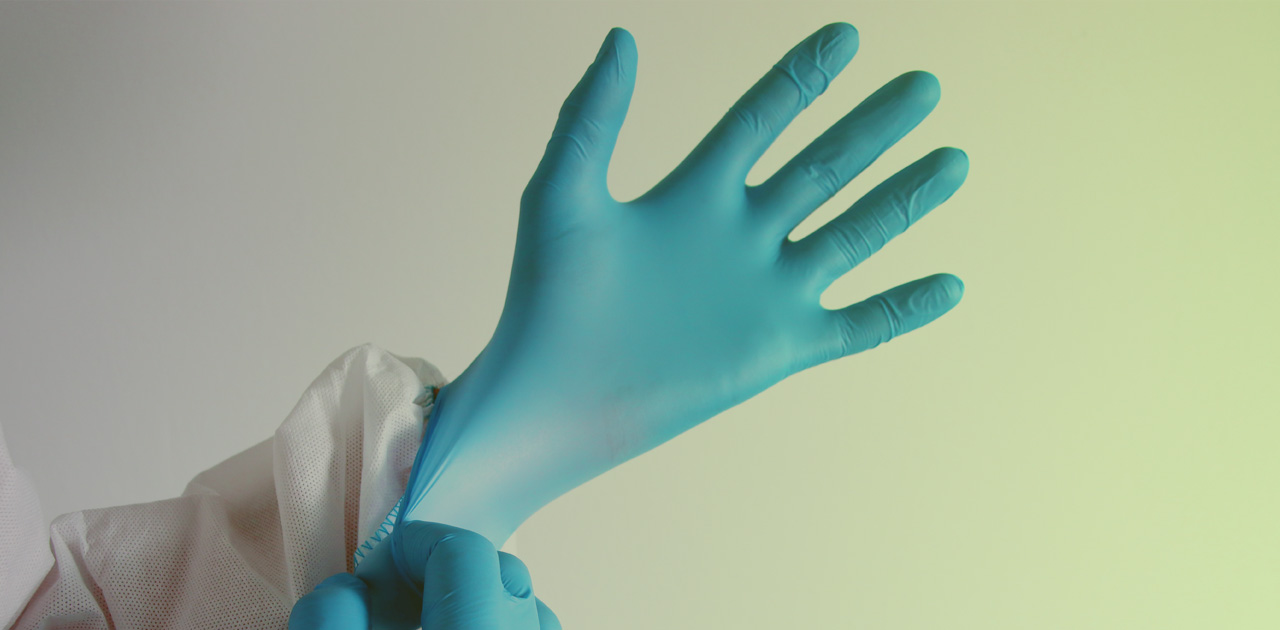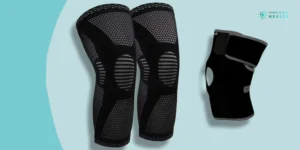Monkeypox is a viral disease that can spread from animals to humans. While it is rare, it can cause serious illness and even death. In recent years, there have been several outbreaks of monkeypox, leading to increased concern about how the disease spreads. One question that many people have is whether monkeypox can be spread via contaminated surfaces. In this article, we will explore this question and provide information on how gloves for monkeypox can help reduce the risk of transmission.
What is Monkeypox?
Monkeypox is a viral disease that is similar to smallpox. It was first discovered in monkeys in the 1950s and was later found to infect humans as well. The disease is primarily found in Central and West Africa, but there have been cases reported in other parts of the world as well. The virus is spread through contact with infected animals, such as rodents and primates, as well as through human-to-human transmission.
Symptoms of Monkeypox
The symptoms of monkeypox are similar to those of smallpox. They include fever, headache, muscle aches, backache, swollen lymph nodes, chills, and exhaustion. A rash then develops, often beginning on the face and spreading to the trunk and limbs. The rash changes and goes through different stages before finally forming a scab, which later falls off.
How is Monkeypox Spread?
Monkeypox is primarily spread through contact with infected animals or humans. The virus can be transmitted through direct contact with bodily fluids, such as blood, saliva, or respiratory secretions, from infected animals or humans. It can also be spread through contact with objects that have been contaminated with the virus, such as bedding, clothing, or equipment.
Can Monkeypox be Spread via Contaminated Surfaces?
While monkeypox can be spread through contact with contaminated objects, the risk of transmission via surfaces is relatively low. According to the Centers for Disease Control and Prevention (CDC), the virus can survive on surfaces for up to several days, depending on the type of surface and environmental conditions. However, the virus is easily inactivated by common disinfectants, such as bleach and hydrogen peroxide.
How Gloves for Monkeypox Can Help Reduce the Risk of Transmission
While the risk of monkeypox transmission via contaminated surfaces is low, it is still important to take precautions to reduce the risk of transmission. One way to do this is by wearing gloves when handling potentially contaminated objects. Gloves for monkeypox can provide a barrier between the hands and the virus, reducing the risk of transmission.
When choosing gloves for monkeypox, it is important to select gloves that are appropriate for the task at hand. For example, gloves made of latex or nitrile are appropriate for handling contaminated objects, while gloves made of vinyl are not recommended as they may not provide adequate protection.
It is also important to follow proper glove use and disposal procedures. Gloves should be changed between tasks and whenever they become damaged or contaminated. Gloves should be removed carefully to avoid spreading contamination and disposed of properly.
Conclusion
Monkeypox is a serious disease that can be spread through contact with infected animals or humans. While the risk of transmission via contaminated surfaces is relatively low, it is still important to take precautions to reduce the risk of transmission. Wearing gloves for monkeypox can provide a barrier between the hands and the virus, reducing the risk of transmission. By following proper glove use and disposal procedures, we can help prevent the spread of this disease.
FAQs
1. What is monkeypox?
Monkeypox is a viral disease that can cause serious illness and even death. It is similar to smallpox and is primarily found in Central and West Africa.
2. How is monkeypox spread?
Monkeypox is primarily spread through contact with infected animals or humans. The virus can be transmitted through direct contact with bodily fluids, such as blood, saliva, or respiratory secretions, from infected animals or humans. It can also be spread through contact with objects that have been contaminated with the virus, such as bedding, clothing, or equipment.
3. Can monkeypox be spread through contaminated surfaces?
While monkeypox can be spread through contact with contaminated objects, the risk of transmission via surfaces is relatively low. The virus can survive on surfaces for up to several days, but it is easily inactivated by common disinfectants.
4. What are gloves for monkeypox?
Gloves for monkeypox are gloves that provide a barrier between the hands and the virus, reducing the risk of transmission. When choosing gloves for monkeypox, it is important to select gloves that are appropriate for the task at hand and to follow proper glove use and disposal procedures.
5. How can I protect myself from monkeypox?
To protect yourself from monkeypox, avoid contact with infected animals or humans and practice good hygiene, such as washing your hands frequently. If you work with animals or in healthcare settings, wear gloves and other protective equipment as appropriate. If you develop symptoms of monkeypox, seek medical attention immediately.






